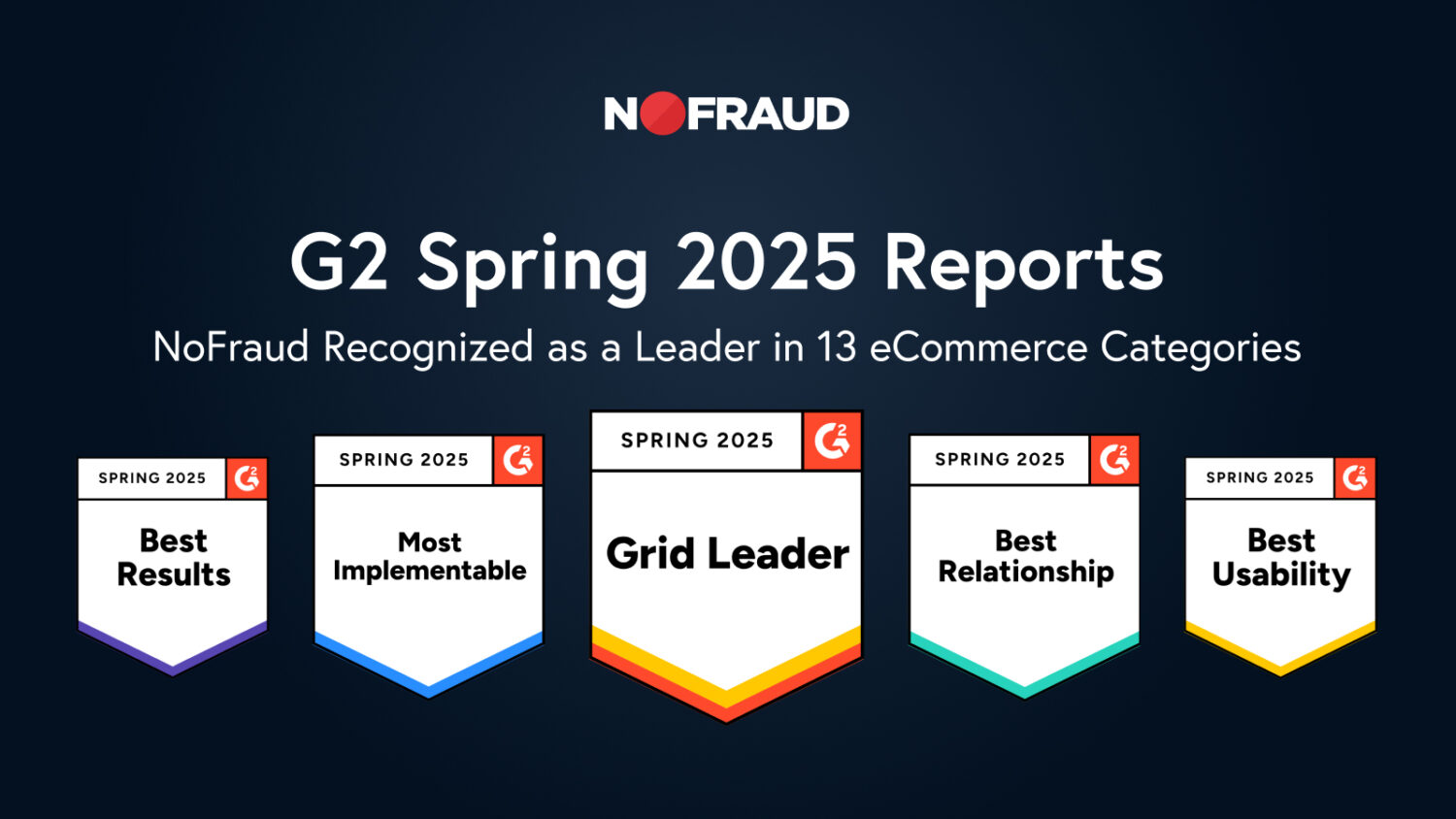Cyber-fraud, phishing, pharming, identity theft, and more… These ominous words conjure up images of crafty, malevolent characters wreaking havoc on the online international marketplace – and those images are not mistaken.
Despite an alarming increase in cyber-attacks on online storefronts, by some estimates, up to 200,000 globally per month, the international consumer base continues to increasingly choose the online arena for their shopping, bill paying, and other finance-related activities.
Ever since the advent of the Covid pandemic, ecommerce has enjoyed a steady rise, with online sales worldwide predicted to surpass a staggering $7 trillion by 2025. These numbers are whetting the appetites of unscrupulous fraudsters, as with the expansion of the cyber marketplace, comes increased opportunity for cyber-crime of all sorts.
With no hint of slowing down, online retailers continue to enjoy an increased wave of business through their e-storefronts. There is increased competition between retailers for limited advertising real estate on the web, and many are focusing on strategies for capturing and retaining the expansive market share that the internet affords.
There is one area, however, that no retailer should ever ignore, and in fact, ought to dedicate considerable attention and resources to avoid the dangers and downright hassles of cyber-attacks – fraud prevention.
Fraud prevention is a complex, multi-faceted program that is key to the sustained success and viability of any online business. The risk of attack is simply too great to not take seriously. In 2021 alone, it is expected that online businesses will lose a sobering $20 billion due to cyber fraud, up a whopping 18% from 2020.
And cyber-criminals are not only swelling in their numbers and attack attempts – their modi operandi are becoming increasingly sophisticated and challenging to avert. None of this is lost on consumers, who although continuing to shop online, are becoming increasingly selective of where and how they do so. A recent study found that over 50% of online shoppers felt that they had fallen victim to some level of cyber-criminality.

These statistics should be a wake-up call for online retailers to take notice. If they have not done so yet, they ought to leap onto the fraud prevention bandwagon with both feet and begin to secure not only their online storefronts and transactions but their consumers as well, both practically and experientially.
When a customer falls prey to either a fraud attack of some sort, experiences friction during a potential sale or is aware of a website’s lack of security, the businesses will be the ones to lose out. In fact, consumer insecurity represents even greater losses to online retailers than the actual fraud itself.
Now that we understand the lay of the land and can appreciate the risks involved with online commerce, retailers are faced with some decisions. The market is flooded with a dizzying array of companies promising fraud detection, prevention, and mitigation services. Which strategies are most key and essential and how can they select the most appropriate and effective solution for their business?
We will examine our suggested top three strategies for fraud prevention and take a deep dive examining what to look for when selecting a professional service provider.
1. Create Barriers and Stop Fraud at the Door
Benjamin Franklin’s axiom that “an ounce of prevention is worth a pound of cure” applies here more than ever.
It pays to prevent fraud before it ever occurs, by creating barriers and stopgaps to deter fraudsters or automated bots from ever infiltrating your online business.
It is critical to stay on top of leading developments in the worlds of cyber-commerce and security – environments that are ever-evolving at a rapid pace. Optimizing your own cyber-security with the leading and most up-to-date proven protocols will not only shore up online storefronts and the sales transactions that they facilitate but perhaps even more significantly, will boost consumer confidence in the increasingly competitive online marketplace.
Systems and solutions that are either absent or outdated represent an increased risk for cyber fraud and attack.
2. Follow the Data
As the popular adage goes, “the data doesn’t lie.”
Businesses that link to and leverage the vast networks of data available across the world wide web can take advantage of patterns, statistics, and trends that suggest fraudulent activity.
The billions, if not trillions of online transactions that occur across the world can help pinpoint cyber-criminality and determine whether a transaction is legitimate or suspicious. Employing a machine learning-based solution will allow for the near-instant analysis of all available data and the rapid decision response on whether to approve or decline a transaction.
3. Contract a Reputable and Adaptable 3rd Party Fraud Prevention Service
This third step is perhaps the most important of all, and, if the selected service is proficient, will absorb the other strategies as well, streamlining your business’ expended energies, resources, and efforts.
A reputable company, like NoFraud.com, will employ every known fraud prevention technology in a single centralized system, eliminating the need for multiple platforms and points of contact.
Scrutinizing transactions in real-time through its proprietary set of complex algorithms designed to identify fraudulent transactions, their sound cardholder verification process will eliminate the need for manual review and will prevent the transaction approval declines of legitimate customers.
Increased security. Reduction of consumer friction at the online point of sale. Saved time and resources. These are just a few of the benefits of partnering with a top-notch 3rd party fraud prevention service. It’s practically a no-brainer.
To learn more about the latest fraud prevention solutions available, contact NoFraud.com for more information.



